News
Hallux flexus: causes, clinical history and treatment
Hallux flexus is an anomaly of the big toe that causes an elevation of the head of the first metatarsal and a plantarflexion of the proximal phalanx. Structurally the metatarsophalangeal joint adopts a certain degree of dorsiflexion while the interphalangeal joint forms a plantarflexion to compensate. This deformity of the first radius is accompanied by […]
Elephantiasis or Chronic lymphatic filariasis
Elephantiasis is a syndrome mainly caused by hypertrophy of the lower extremities and external genitalia. It has its etiology in repetitive inflammatory diseases with obstruction of the lymphatic vessels and very specifically in filarial parasitic infections. Elephantiasis is a tropical skin disease caused by Wuchereria bancrofti type parasites. Transmission is due to the bite of […]
Psoriasis: a chronic skin disease
Psoriasis is a chronic, genetic based, inflammatory disease that affects the skin causing swelling and flaking skin. It is not contagious but it can be inherited. Clinical history is highly diverse, with different degrees of evolution. It affects 2% of the world’s population (mostly Caucasian) and can develop at any age appearing in 75% of […]
Application of neuromuscular bandages in the lower extremity
The neuromuscular bandage, also known as kynesiotape (among other names), was invented in the early 1970s by the Doctor Kenzo Kasai. The use of these bandages by top class sportsmen in the last years has had an effect on the media being used as a result of it by sportsmen of all categories. Nowadays, neuromuscular […]
APPLICATION OF SILICONE ORTHESIS IN FOOT
The silicone orthesis is an alternative as a biomechanical treatment in the pathology of the front part of the foot. They are protective materials made with cold catalyzed silicone with the purpose of getting the most therapeutic shape which the professional will want. The silicone is molded in a soft estate like a kind of […]
Malignant tumors in foot
The term “Tumor” has a general meaning which is an alteration of the volume or an abnormal growth that causes a distention of one part of the organism. If the tumor is malignant it can infiltrate or invade other adjoining tissues as well as spreading quickly to other parts far from the primary tumor (Metastatic […]


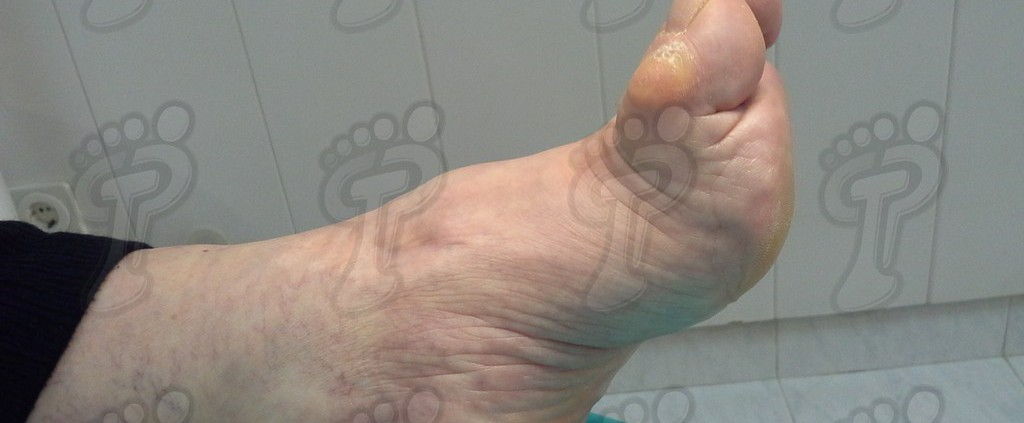
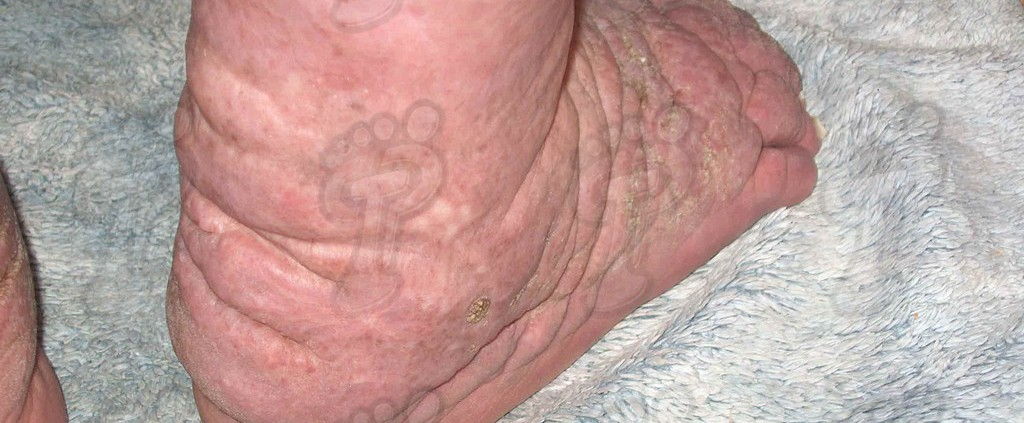
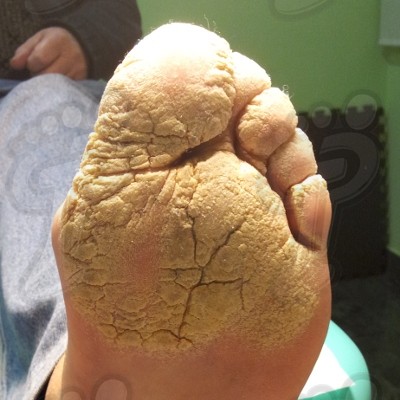
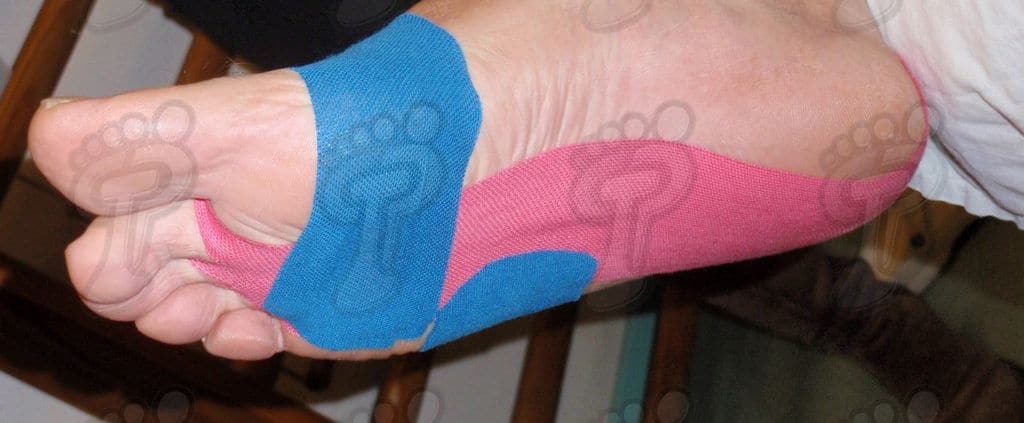

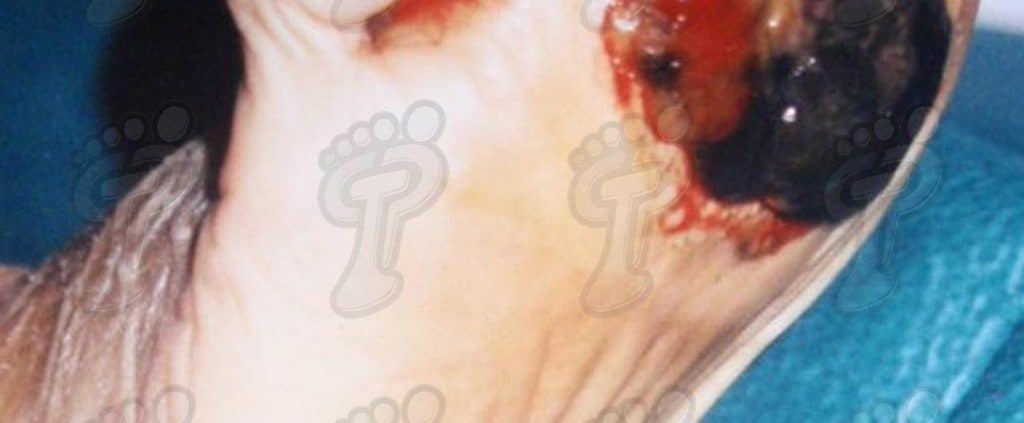





Recent Comments